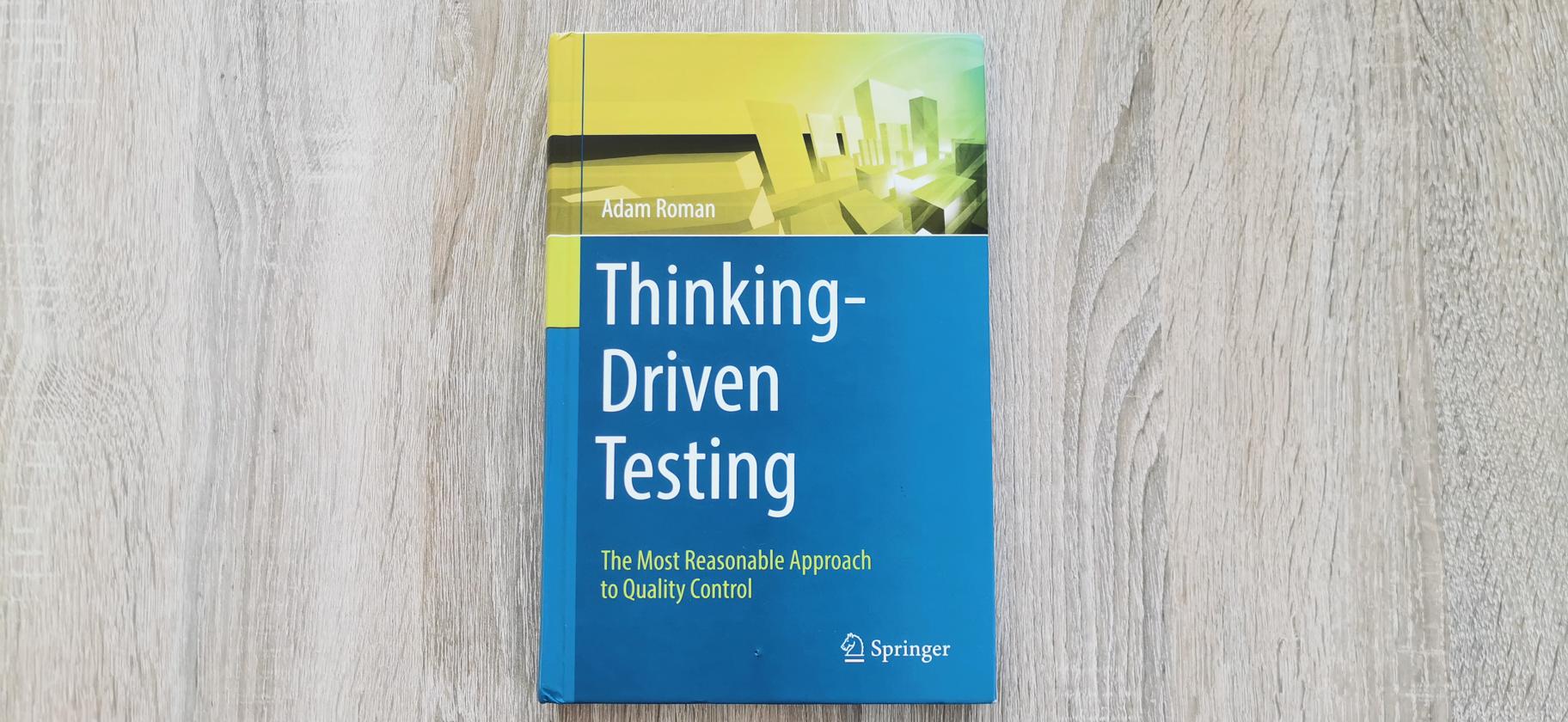There are many books on software testing. As a result, choosing a valuable book is very difficult. I would like to introduce to you three books related to the topic of software quality assurance worth reading. In each of them, there is something for both novices and experienced testers.
Explore It! Reduce Risk and Increase Confidence with Exploratory Testing

The book has three chapters, but, as the author herself mentions in the introduction, you can read them in any order. Each chapter contains several sections. At the end of each section, there are exercises, allowing us to use knowledge in practice. This is an interesting supplement and encourages the reader to test the ideas, i.e. in a work environment or project.
This is the oldest book in the entire set, dated 2013. But even in this changing industry, some things such as the approach to exploratory testing is still relevant. Yes, new ideas appear and previous ones change, but, we can treat this book as a kind of introduction to testing. It will help people without experience to understand what testing is. Experienced testers will find a lot of interesting flavours and approaches, which is new to them or known only from theory.
Chapter by chapter
Chapter 1 Establishing Foundations introduces us to the world of exploratory testing. We will learn, among other things, about how to plan our work, structure it, perform it and, of course, summarize and check the results.
Chapter 2 Adding Dimensions describes how to deepen our knowledge and how we can use it to make our testing even more effective
We find here an explanation of what are persons, how testing in sessions works, what are CRUDs. There are a lot of examples and questions that we should ask ourselves during our work.
Chapter 3 Putting in Context encourages us to explore a few topics that are not as obvious to novices as it may seem
We will find fragments about API testing, requirements exploration or, in general, estimating our exploration-based test process.
At the very end, we will also find several pages about recruitment. How you can conduct an exploratory testing session during an interview with a candidate. This is valuable, although short addition to this chapter.
Thinking-Driven Testing. The most Reasonable Approach to Quality Control

In my opinion, this book to be the best, most reliable and interesting book ever written on the subject. The very name of the author, Adam Roman, already tells us that it will be worth reading.
Like the majority of books on software testing, this one begins with a chapter on Fundamentals of Software Testing. Here we’ll find out why testing is more difficult than it may seem. What features good testers should have, and what is the difference between quality control and quality assurance. In the next part, Testing Strategies: How to Become a Better Tester, we will learn, what testers can learn from philosophy, psychology, mathematics, logic and statistics.
Thinking-Driven Testing: A Universal Testing Framework is a description of what testing should be in the spirit of Thinking-Driven. The author specifies these requirements. We will find out i.e. that critical thinking wins over procedures and rules or skills over tools. Of course, these are only two of several and it is worth looking at what each of them represents and how to interpret them. For this, we will find a set of universal rules that a good tester should use. These include knowledge about customer needs, awareness of the role in the project, reason and professionalism.
We can read about the strength of this position in the chapter on the TQED model. By using a few tricks, we can start creating test ideas. This model is described here. And here the author himself talks about it.
I encourage you to explore this topic because the more details we know, the more we can use it.
In the next chapters, we will learn about what testing pitfalls are and how to avoid them, and the book is closed by a set of carefully prepared exercises. It is a book about quality, whose biggest advantage is… it’s quality. The author’s experience and vast knowledge are visible on every page. You can recommend it to anyone who would like to test better. I would even say that this is a position that every tester should know.
The Future of Software Quality Assurance

This is not a typical book, but rather a collection of articles, each written by a different person. Articles create certain groups. The first of them is about Artificial Intelligence and robotization. Several articles on this topic will bring us closer to the problems we already have in these areas and the challenges that await us in the future. Another topic is the development of a tester’s career. Here we will find out what the future tester should be like, what testing in the digital age looks like and what subconscious requirements are and how to deal with them every day.
The last group is tester-related topics, about project management or programming. We will read, among others, about mutation testing, problems related to teams spread around the world. There was also room for a few curiosities, such as the article about the state of testing in the Hispanic America region. As you can see the spectrum of the topics raised is huge, which means that you can not get bored with this book.
To sum up – this is a book worth reading if only to see what the most experienced testers think about the future of our industry and the challenges ahead. However, many of the issues described are dealt with now and are not the future but the present of our industry.
Books about software testing – summary
Each of the three books described is completely different. In a nutshell, you could write that the first is a kind of introduction to testing. Explore It! It will introduce us to the world of exploratory testing. Thinking-Driven Testing will make our testing more thoughtful, mature and everything we have done so far we will do even better. The Future of Software Quality Assurance will allow us to look at current trends in our industry through the eyes of experts in many different topics. The whole creates a harmonious set, which every beginner and every experienced tester should have in their library.
Where to buy them?
The Future of Software Quality Assurance

